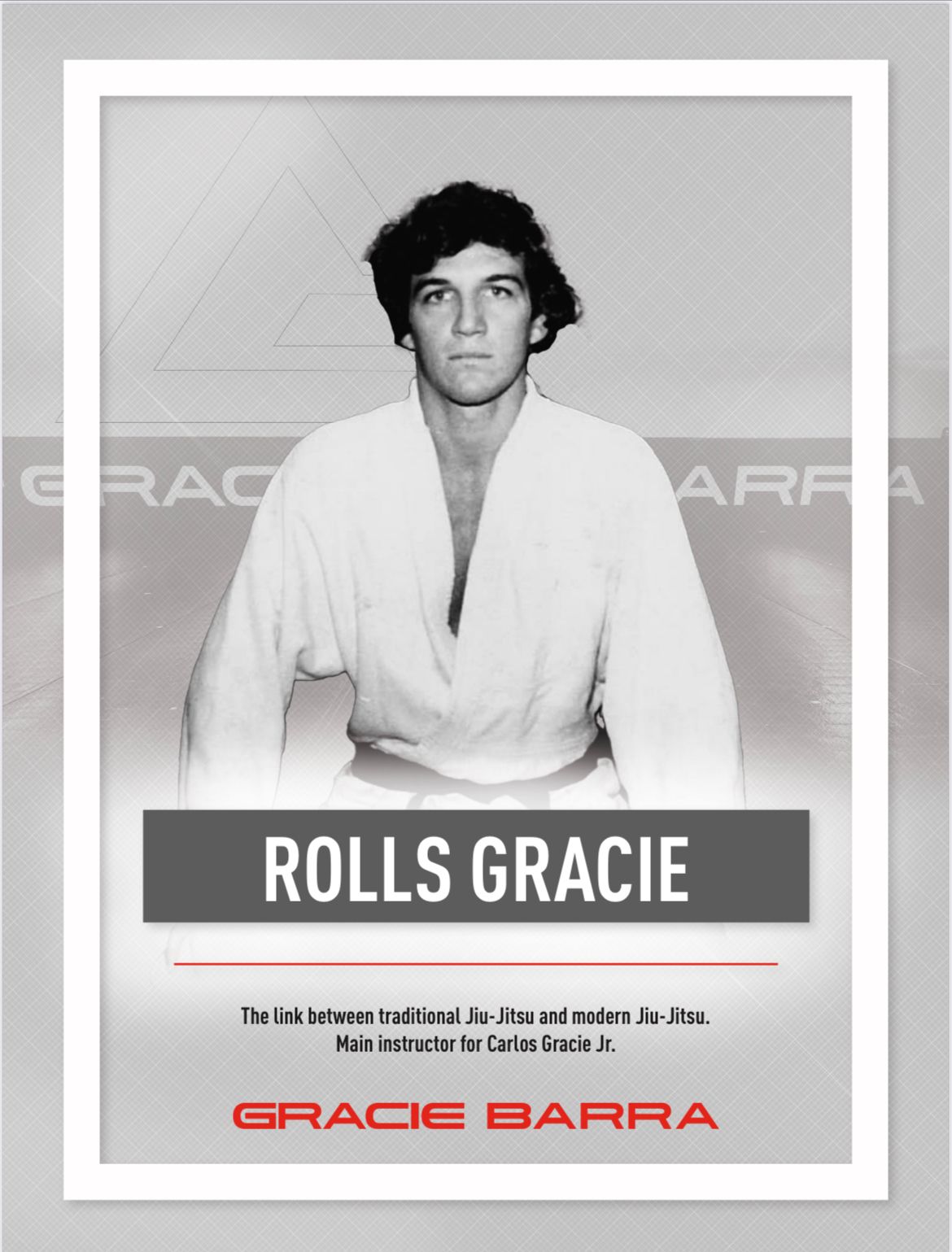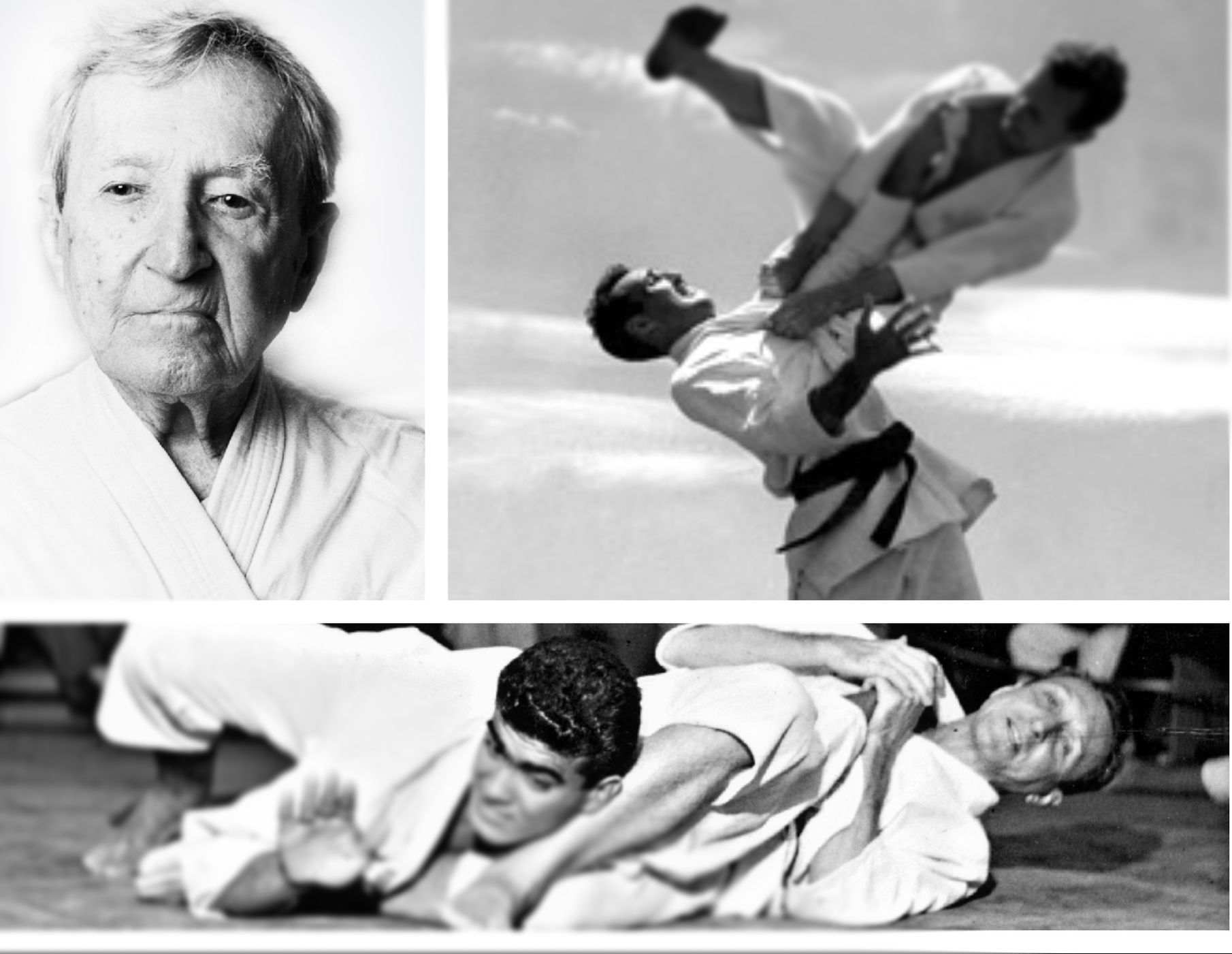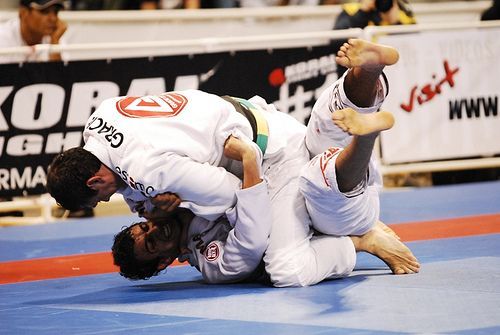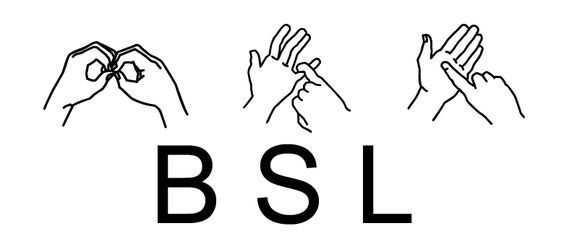News & Updates
Brazilian Jiu-Jitsu, a Brief history...
Jiu-Jitsu? Ju-Jutsu? or Jujitsu?
Jiu-Jitsu often goes by a lot of different phrases & spellings as a result of Japanese word 'Jūjutsu' being translated differently throughout the years, and around the World. Despite the fact that misspellings like jujitzu, jui jitsu, and jui jitsue are common, there are distinctions between them with three main spelling being used.
You will see Jiu-Jitsu and Ju-Jutsu in two different methods. Jiu-Jitsu is typically used to refer to the Brazilian variation because it is spelt differently from the traditional Japanese variant, which is called JuJutsu. The Gracie family founded Brazilian Jiu-Jitsu (BJJ), so the phrase "Gracie Jiu-Jitsu" is frequently used while discussing BJJ. From Royce Gracie, who demonstrated the benefits of Brazilian Jiu-Jitsu in the inaugural UFC bouts, to Rickson Gracie, who is perhaps the family's most successful mixed martial arts champion and has participated in Vale Tudo and MMA events in Japan, the Gracie family continues to practise and promote the art form. Not to be outdone, the larger-than-life Renzo Gracie also enjoyed success in mixed martial arts, winning most of his matches by submission. Roger Gracie, the 10-time world champion, is widely considered one of the greatest of all time, and shares a Gracie Barra lineage, before moving away to form his own team.
Another option is Ju-Jitsu (sometimes known as jujitsu), which is a more Westernised form of Jiu-Jitsu. Several of the old Japanese customs, phrases, and methods of doing things have generally disappeared from these locations.

Kano created Jiu-Jitsu with this in mind, doing away with harmful practices and implementing fresh teaching strategies. These techniques gave practitioners the ability to perform high-intensity training drills—now known as sparring and live training—with complete resistance in a secure manner! This innovative method significantly improved Japanese society and contributed to Jiu-Jitsu's actual return to prominence. With the adoption of new regulations intended to reinterpret the art and increase its attraction to onlookers as a sport, Kano Jiu-Jitsu eventually evolved into Judo. Unfortunately, this practice reduced the importance of groundwork by favouring takedown techniques, which contributed to the decrease of ground fighting, the most potent aspect of Jiu-Jitsu.
As an exceptional pupil of Kano, Mitsuyu Maeda (later known as Count Koma) was dispatched to promote Jiu-Jitsu in other nations and societies, such as the US, Central America, and Europe. He arrived in Brazil in 1914 and got to know a young Carlos Gracie. Maeda would use demonstrations to spread the word about Jiu-Jitsu, showcasing his ability to take down larger, more powerful opponents. Carlos Gracie was amazed by one of these displays and needed some discipline and calmness, so his parents took him to one of Maeda's Jiu-Jitsu classes.
Carlos Gracie gained a level of self-control and confidence from Maeda's training that he had never experienced before. Carlos Gracie trained under him for little under five years before moving to Rio de Janeiro with his family. There, he became really passionate Jiu-Jitsu and felt compelled to share it. He initially tried teaching Jiu-Jitsu to members of the armed forces and law enforcement, but in 1925 he established the first Gracie Brazilian Jiu-Jitsu school in his living room so that he could instruct everyday individuals in BJJ. Teaching the martial art to his brothers Oswaldo, Gastão, George, and Helio, he enlisted them in his ambitious goal of transforming Jiu-Jitsu into a national sport and enhancing people's lives.
Everyone could learn Jiu-Jitsu, which is why the Gracie Jiu-Jitsu school gained popularity! It was no longer thought to be exclusive to competitors, athletes, fighters or law enforcement. The Gracie Brothers were committed to ensuring that everyone could practise Jiu-Jitsu. This, together with the brothers' and their students' competitive accomplishments, helped Jiu-Jitsu become one of the most well-liked sports in Brazil.



Jiu-Jitsu is derived from the Japanese terms "Jū" and "Jutsu," which mean "gentle" and "art," respectively. Instead of relying mostly on strikes and kicks, Jiu-Jitsu makes use of leverage, angles, pressure, and timing to defeat & subdue opponents.

It wasn't until the 17th century that the name Jiu-Jitsu emerged, at which point it was used to refer to a broad range of grappling-related disciplines. It is challenging to determine the precise origins of jiu-jitsu because the art can be found in many different locales. The origins of basic grappling aspects can be found in Greece, China, and Rome; historians and a wealth of evidence indicate to Buddhist monks in India around 2000 B.C. A method of self-defense that sought to neutralise an aggressor without doing them any harm was developed as a result of the Buddhist principles of non-violence and profound regard for all living things. It makes sense to link this to the beginnings of Jiu-Jitsu. Jiu-Jitsu made its way to China & Japan with the spread of Buddhism in the area.
When attacking an opponent who is armoured is futile, the Samurai in Japan invented Jiu-Jitsu as a means of neutralising an enemy. Samurai employed manoeuvres like joint locks, throws, and pins to turn their opponent's energy against them. In this period in Japanese history, jiu-jitsu evolved into a vital technique for combat survival. After significant political, cultural, and social changes in the 19th century, Jiu-Jitsu shifted from being a respectable fighting technique to an illicit activity.
Jigoro Kano, a member of the Japanese Ministry of Culture and Martial Artists, intervened in this situation. Kano intended to use jiu-jitsu to teach people how to adopt a more balanced existence by realising their potential since he recognised the art's potential for both combat and education. His realisation of this was crucial in restoring Jiu-Jitsu's standing and reputation.

Born in January of 1956, Carlos Gracie Jr. was raised under the close guidance of his father, (Carlos Gracie Sr.) brother (Rolls Gracie), and uncle (Helio Gracie). Carlos Gracie Jr. excelled in competition and loved teaching, training, and learning from his family. In the end, he spent two years as a teacher at the main Gracie School in the heart of Rio de Janeiro before relocating to Rolls' school, which was close to the university, to pursue his studies in nutrition science. For seven years, he served as Rolls' assistant teacher before Rolls' death from a hang-gliding accident. After the tragedy, Carlos was asked to carry on his brother's legacy by the pupils and Rolls' wife.

After the disaster, Master Carlos lived in Copacabana for a few years before opting to go to Barra da Tijuca. Here, he established Gracie Barra, a school that would go on to become home to some of the biggest and most successful Jiu-Jitsu teams in the world! Today, there are more over 1000 Gracie Barra schools worldwide.
In addition to starting Gracie Barra, Master Carlos Gracie Jr. founded the International Brazilian Jiu-Jitsu Federation (IBJJF) to aid in the international recognition of BJJ as a recognised sport. Gracie Magazine, the first dedicated Jiu-Jitsu publication, was also founded by Master Carlos. GracieMag played a vital role in promoting events and players, which fueled the expansion of the sport.
The Gracie's understanding of the necessity to make BJJ accessible has helped it gain popularity throughout time, and it currently attracts a wide range of people, including competitors and enthusiasts as well as young and old. It really is a sport that suits all ages!
This is where Gracie Barra Frome Join the legendary history of Jiu-Jitsu, having opened in 2017 we join an exclusive lineage of tuition that we aim to pass directly onto our students.



